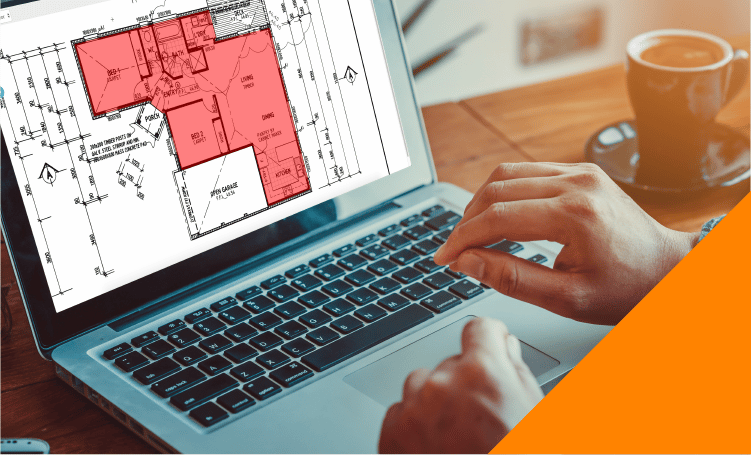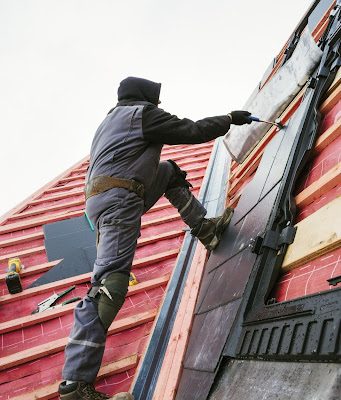In construction, winning a bid is the ultimate goal. And what’s the way to win that bid? It’s crafting precise cost estimates. Whether you’re a seasoned pro or just starting, one key factor stands between you and success: mastering the art of construction cost estimation. In this article, we’ll dive into the essential aspects of construction cost estimating, from its types and methods to common pitfalls and the benefits of utilizing specialized software. Let’s uncover the secrets of creating accurate estimates that not only win bids but also make your construction journey smoother.
Construction Cost Estimating
Construction cost estimating is a meticulous process that involves calculating all necessary expenses for a construction venture. It includes direct costs like materials and labor wages, along with indirect costs such as equipment depreciation and office staff salaries. Accurate estimation is vital for project success, enabling informed decision-making and competitive bid preparation.
Every successful construction project depends on a precise and well-calculated cost estimate. This crucial step serves as the foundation for determining the total budget required and significantly impacts the project’s profitability. You see, accurate cost estimates are not just about numbers; they are about making informed decisions that ensure your projects stay on track, both in terms of time and budget.
Winning Projects and Trust with Accuracy
In this competitive construction industry, accuracy is your best friend. Accurate estimates lead to winning projects, satisfied clients, and a flourishing reputation. It’s about gaining the client’s trust by showcasing your meticulous planning and cost foresight.
For precise project planning and construction cost estimation, embrace the aid of ConstructEstimates. This estimating company based in Sydney is more than a calculator; they offer virtual bidding managers and estimating consultants, ensuring you’re armed with the best strategies to win those bids and conquer projects.
Types of Cost Estimates
When we talk about estimates, we’re not dealing with a one-size-fits-all scenario. There’s a whole range of estimating types, each with its own flair. From preliminary estimates giving a rough sketch to elemental estimates diving into the specifics, you have options to tailor your approach. In construction, not all estimates are created equal. To be an expert estimator, you need to understand various types of cost estimates:
- Preliminary Estimates: Preliminary estimates are like the first rough sketch of your project’s cost. They provide a ballpark figure—a preliminary sneak peek into what you’re up against.
- Plinth Area Estimates: Plinth area estimates, on the other hand, delve a bit deeper. They take into account the project’s floor area, offering a more detailed outlook.
- Cube Rate Estimates: Cube rate estimates, as the name suggests, consider the volume or cubic measurements of your project. This method is particularly handy for volumetric projects like swimming pools.
- Elemental Estimates: Elemental estimates break down costs into elemental components, making it easier to allocate resources.
Each of these estimate types has its own unique use case, and the choice depends on the project’s complexity and your specific needs.
Creating a Detailed Estimate
To create a comprehensive cost estimate, it’s essential to break down costs into smaller, manageable pieces. This means itemizing costs for labor, materials, equipment, and more, divided by trade. The devil is in the details, and the more detailed your estimate, the more accurate your budget.
The Math of Construction Costs
Estimating construction costs involves a bit of math. You need to consider various cost components, including:
- Direct Costs: These include materials, labor, and equipment.
- Indirect Costs: Think of utilities, legal fees, permits, and other miscellaneous expenses.
- Labor Costs: This includes wage rates and the number of labor hours required.
- Subcontractor Costs: If you’re outsourcing specific parts of your project, these costs should be factored in.
Pitfalls to Watch Out For
Even the most experienced estimators can fall into traps. To ensure your cost estimates stay on point, be vigilant about:
- Not Reviewing Your Work: Accuracy depends on review. Make it a habit to double-check your estimates for errors or oversights.
- Material and Supply Cost Fluctuations: In the volatile world of construction, material prices can fluctuate. Keep an eye on these changes and adjust your estimates accordingly.
- Underestimating labor costs can cripple your project’s profitability. Be sure to factor in the true cost of skilled labor.
The Software Advantage
In today’s digital age, specialized construction cost-estimating software is your best friend. It streamlines the estimating process, improving accuracy and saving you valuable time. With these tools, you can effortlessly organize itemized costs, labor rates, change orders, and materials for precise job cost predictions. They even provide easy-to-read, customizable spreadsheets tailored to your work.
Conclusion
In the world of construction, the ability to create precise and reliable cost estimates is a superpower. Accurate cost estimates are the backbone of a successful bid, ensuring you secure profitable projects. To further enhance your estimating prowess, consider leveraging advanced tools and estimating softwares along with consultancy from a reputable estimation firm. These resources are the secret weapons that can propel you to the top of your construction game. With them, you’ll streamline your estimating process and win more bids with confidence.





